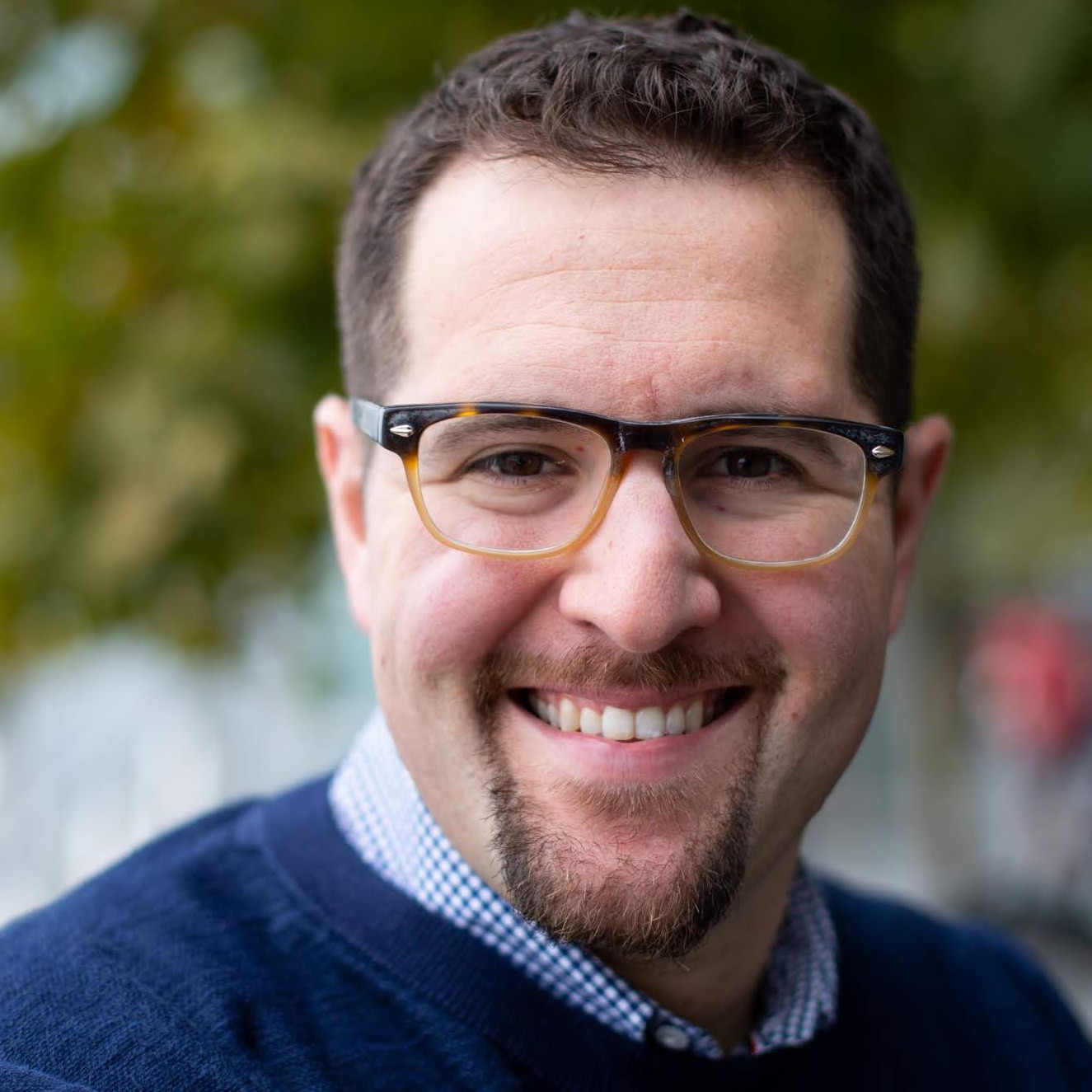Factually is a newsletter about fact-checking and accountability journalism, from Poynter’s International Fact-Checking Network & the American Press Institute’s Accountability Project. Sign up here
Fact-checking a moving target
Over the weekend, The New York Times reported on a debate between 239 medical doctors and the World Health Organization over whether aerosolized droplets spread COVID-19.
The disagreement echoes an earlier debate in the medical community over whether the public should abstain from taking ibuprofen to protect themselves from the novel coronavirus.
COVID-19 is a fast-moving story. Information is changing almost daily. Scientists are still learning about it. Public health guidance is evolving. And when questions scientists still haven’t formed a consensus around seep into the public arena, it becomes a ripe environment for confusion and misinformation.
It’s a quandary that fact-checkers and other journalists have to contend with.
A few outlets have tried different methods to attack this problem. Last week, The Times’ product review site Wirecutter announced that it would be taking down an old post that advised the public not to wear masks. In announcing the decision, they gave context on how the guidance shifted to catch the audience up on the latest information.
In April 2019, The Guardian instituted a new policy of highlighting the date of old articles and adding a label to its social posting. The outlet acknowledged its outdated work was still floating around the internet, and needed to be labeled to avoid becoming misinformation.
In April 2020, Dan Gillmor and Kristy Roschke, the co-founder and managing director, respectively, of Arizona State University’s News Co/Lab, wrote in a piece for Nieman Lab that journalists must shake up the old paradigm that once a piece is published it can’t be edited. They urged journalists to continually update their work, echoing The Guardian’s fears of the potential for outdated stories to cause harm.
Norwegian fact-checking organization Faktisk does this with a log of all changes its readers can follow.
In a recent newsletter from Trusting News, an organization that helps newsrooms build trust, assistant director Lynn Walsh advised journalists to be frank with their audiences. Along with emphasizing a clear dateline, Walsh told her readers to add a disclaimer in their coronavirus coverage that information changes rapidly, and there is still so much we don’t know.
As Vox’s Peter Kafka mused in a piece for Recode, “the best tactic might be to say, ‘The experts we talked to aren’t sure, but they’re trying to find out.”
– Harrison Mantas, IFCN

. . . technology
- Forbes’ Augustine Fou reported that companies boycotting Facebook over its civil rights policies may still be funding hate speech with other online advertising.
- Companies spend more money advertising on “programmatic channels,” which Fou says can obscure which sites display the advertising.
- Facebook groups that organized around the “reopen” protests have turned their focus to the Black Lives Matter and racial justice movements, the Associated Press reported.
- Some people in these groups, wrote Amanda Seitz, post hundreds of times a day. And because the groups are not visible to everyone, they are usually out of view of fact-checkers.
. . . politics
- Investigative reporters at The Washington Post this week wrote about how hundreds of heavily armed militia groups arrived at the historical battlefield in Gettysburg on July 4 fully intending to confront antifa-driven flag burners. Except those protests never materialized; the whole thing was a hoax.
- Singapore will hold its first elections this week since the implementation of its “fake news” law.
- The Protection from Online Falsehoods and Manipulation Act enables the government to mandate the editing or removal of online content deemed to harm the public interest.
. . . science and health
- Writing in The Atlantic, Zeynep Tufekci asked why news articles about the coronavirus crisis are often accompanied by pictures of people at the beach.
- “The beach shaming is especially terrible because, so many months in, we now know that the virus spreads most readily indoors, especially in unventilated, crowded spaces, and even more so in such spaces where people are talking or singing without masks,” she wrote.
- The New York Times profiled nurses who traveled to New York City from the South and West to treat coronavirus patients and saw the virus up close, but then faced friends and family back home who contended that it’s a hoax or not a serious threat.

A number of fact-checkers scrutinized President Donald Trump’s comments over the weekend that 99% of coronavirus cases are “totally harmless.” Our pick for this week, from ABC News, looks at what he said after that — that the mortality rates for the virus are the lowest “in the world.”
Data from Johns Hopkins University, wrote ABC’s Ben Gittleson, shows that “the United States’ COVID-19 mortality rate is not actually the lowest in the world, nor is it even among the lowest.”
The fact check walked through the various ways of looking at the data in plain language, clearly explaining the differences between absolute numbers, the overall population mortality rate from COVID-19 and the case mortality rate.
What we liked: Gittleson put the numbers in context. He noted important caveats, like the fact that the numbers represent just a snapshot in time, and that not all cases are recorded, which means the case-fatality rate might be lower than the Johns Hopkins number. He also noted that comparisons of mortality rates among countries can be misleading since there are variances in how different countries test, among other things.
– Susan Benkelman, API

- The Seattle Times profiled the University of Washington’s Center for an Informed Public, whose co-founder, Kate Starbird, talked about the convergence of misinformation surrounding both COVID-19 and the 2020 election.
- The Markup reported a flaw in the algorithm that the news aggregator app SmartNews uses to acquire new users may have contributed to misinformation about alleged antifa raids in rural Oregon.
- The IFCN announced six research projects will get full access to the CoronaVirusFacts Alliance. Three will get funding through an IFCN partnership with WhatsApp.
- An independent civil rights audit of Facebook found some of the company’s decisions had caused “serious setbacks for civil rights.” Read the full audit here.
- The Washington Post reported Wednesday that Facebook closed a network of accounts and pages associated with Roger Stone for network manipulation.
That’s it for this week! Feel free to send feedback and suggestions to factually@poynter.org. And if this newsletter was forwarded to you, or if you’re reading it on the web, you can subscribe here. Thanks for reading.
Clarification: The second item in Quick Hits said that a flaw in SmartNews’ algorithm may have contributed to misinformation on Facebook about alleged antifa raids in southern Oregon. SmartNews points out that it was a flaw in the algorithm it uses to acquire new users, not the algorithm that determines its news distribution. We’ve updated the item to make that clear.








The fact check of the week once again contains a glaring error.
**As of Tuesday, the United States had the ninth-worst mortality rate in the world, with 39.82 deaths per 100,000 people, according to Johns Hopkins University.**
The Johns Hopkins chart on which ABC News based its claim only looked at nations with the highest number of infections (“the twenty countries currently most affected by COVID-19 worldwide”). Countries not in that group can and do have higher case mortality rates than does the United States. ABC News’ claim is patently false. ABC News might correct the mistake by limited the “ninth-worst” claim to the twenty countries most affected by coronavirus, as did the Johns Hopkins website.
Mea culpa, I got charts mixed up. The error by ABC News alleged in my comment above did not occur. Apologies.